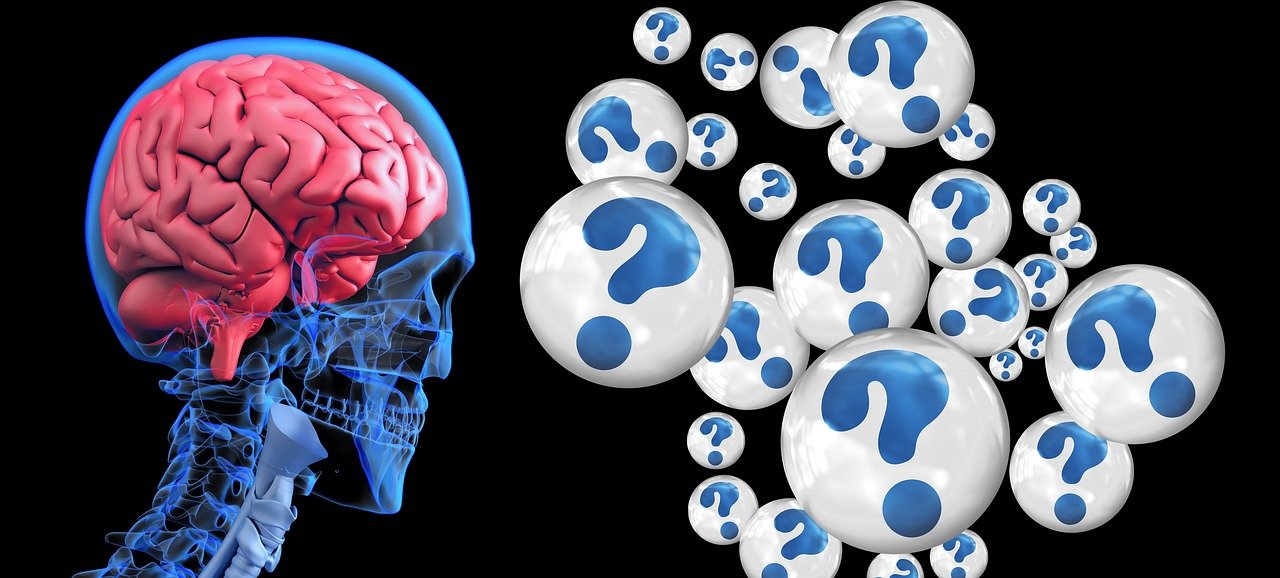
Image by Gerd Altmann from Pixabay
In Alzheimer’s disease, a protein (peptide) forms clumps in the brain and causes sufferers to lose their memory. In a recently published article, a research group at Uppsala University described a new treatment method that increases the body’s own degradation of the building blocks that lead to these protein clumps.
In Alzheimer’s disease, the peptide amyloid-beta begins to form clumps in the brain. This process is called aggregation and the clumps so created are called aggregates. The treatment methods for Alzheimer’s disease that are currently in clinical trials are attempts to bind to these disease-causing aggregates. But they are unable to bind to the smallest aggregates, which many now believe are the most toxic to neurons.
The treatment method developed in the new Uppsala research study using mice degrades the building blocks from which these aggregates form before they have a chance to aggregate. This treatment method, therefore, reduces the formation of all types of aggregates.
Has not been possible to use in the past

Fadi Rofo, a doctoral student at the Department of Pharmaceutical Biosciences.
It has long been known that the peptide somatostatin, which was used by the researchers in the Uppsala group, can activate the body’s own degradation of amyloid-beta, which is the peptide that forms the aggregates. However, it has not been possible to use somatostatin as a drug in the past because it has a very short half-life in the blood of only a few minutes, and does not cross the blood-brain barrier into the brain where the aggregates are formed.
“So to be able to use somatostatin as a treatment, we fused it to a brain transport protein which allows the somatostatin to enter the brain. This has proved very effective. When we used the transport protein, we also saw that the time that the somatostatin remained in the brain increased to several days, which is fantastic,” says Fadi Rofo, doctoral student at the Department of Pharmaceutical Biosciences and the study’s first author.
The greatest effect in hippocampus

Greta Hultqvist, researcher at the Department of Pharmaceutical Biosciences.
In the study, the researchers saw the greatest effect in the hippocampus, the part of the brain that forms memories and the first part to be affected by Alzheimer’s disease.
“The fact that we have seen that the effect is most evident in the hippocampus, in particular, is very good. Our hope is that this method will be able to act in a very targeted way and have few side effects, which have been a problem in other studies,” says Greta Hultqvist, a researcher at the Department of Pharmaceutical Biosciences, who led the research study.
The study was conducted in mice, but the researchers believe that somatostatin would have the same effect in humans and that this type of treatment could be more effective than those trialed so far.
Sign up for the QuackTrack.org newsletter below!













